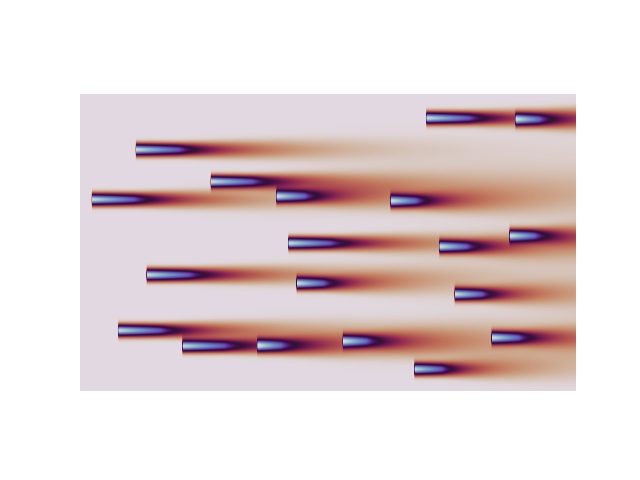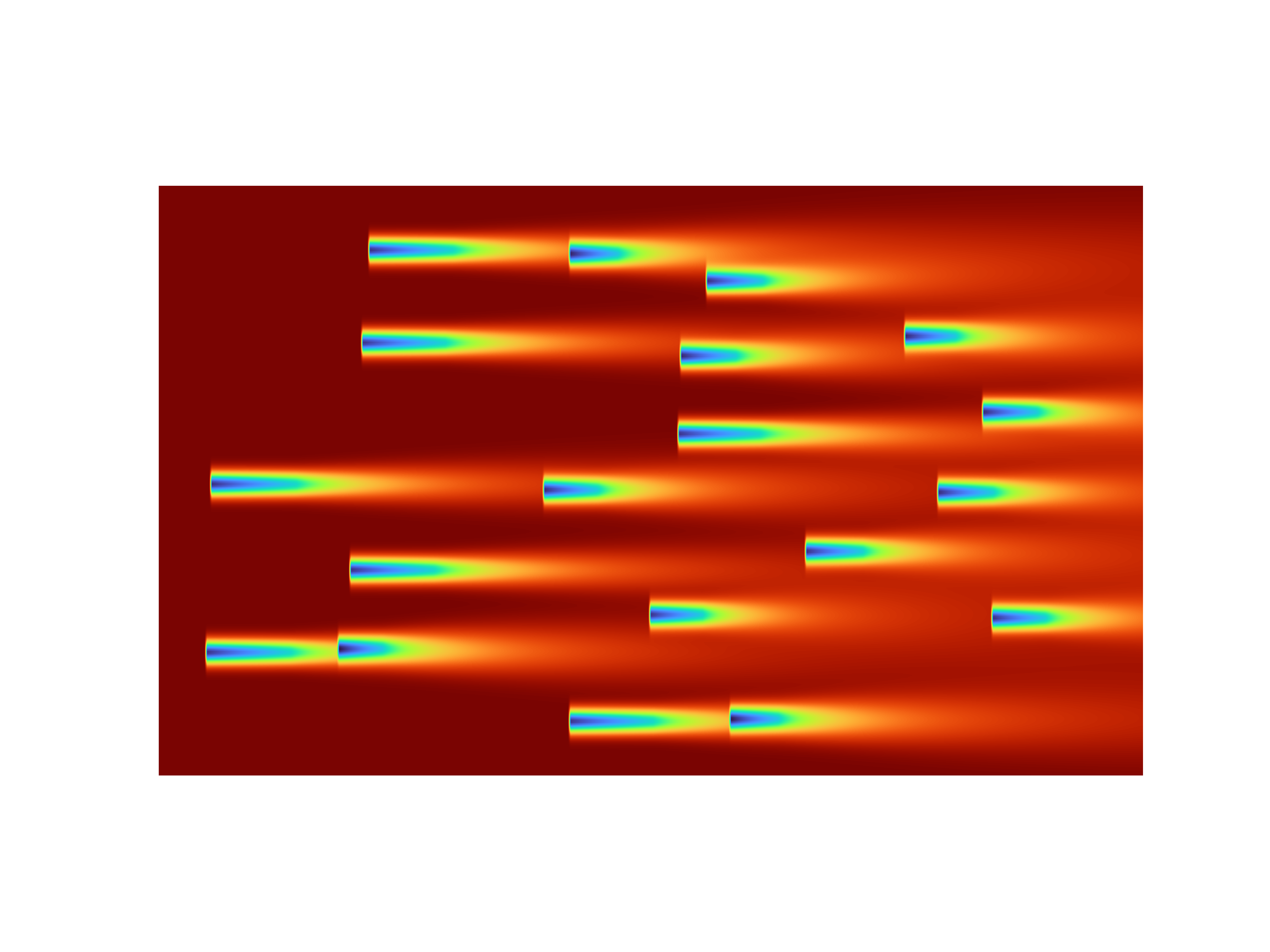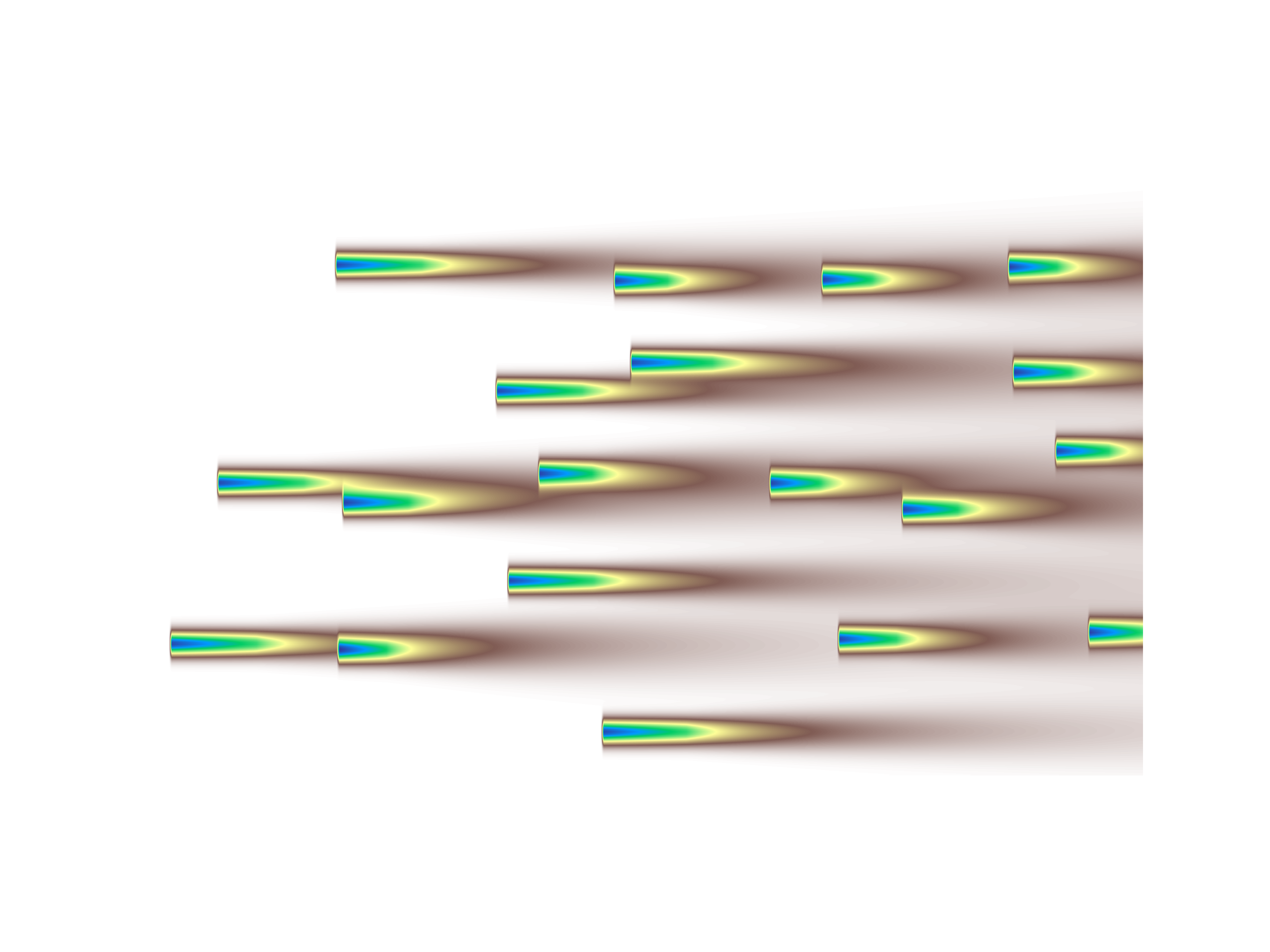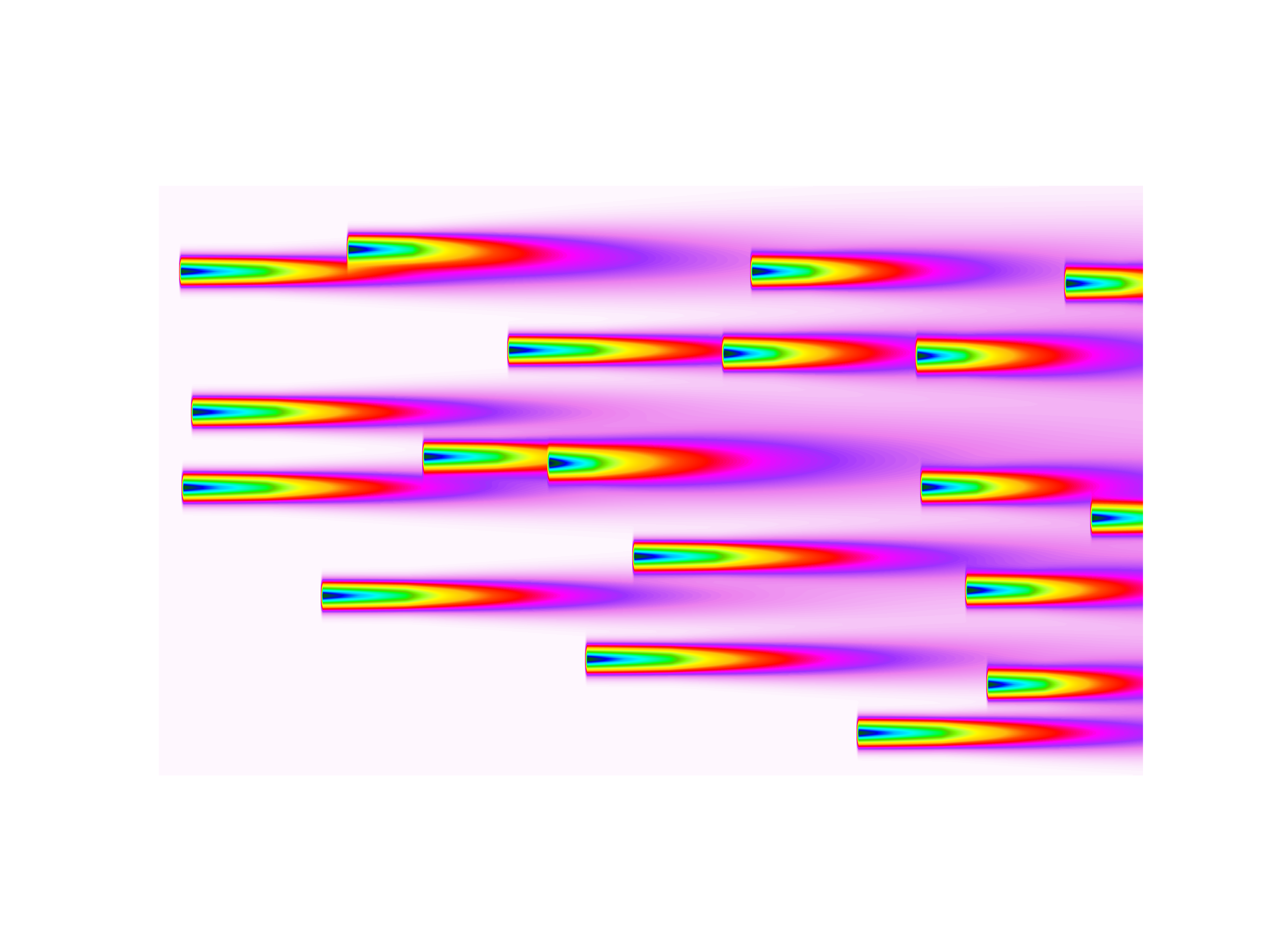About Me
Hi there! Welcome to my personal page. I am currently a Senior Research Associate at the University of Bristol. My current research focuses on designing high-performance algorithms to accelerate numerical weather model calculations. Additionally, I am interested in developing advanced deep learning-based control techniques and applying them to autonomous systems, including wind and tidal turbines, as well as unmanned aerial and surface vehicles.
News
- 02 March 2024: My paper ‘Wind Farm Control via Offline Reinforcement Learning with Adversarial Training’ is accepted by IEEE Transactions on Automation Science and Engineering
- 08 May. 2024: My application for participating in the EUTOPIA Impact School has been approvaled by Warwick. Hello Germany!
- 30 Sep. 2024: I have completed the half-year internship (secondment) at National Grid ESO.
Awesome Projects
I am currently working on two EU Horizon projects: WinGrid and ICONIC.
WinGrid
WinGrid aims to propose cutting-edge techniques to address open issues in the field of wind energy, including wind resource evaluation, wind turbine/farm control, and grid connection. In this project, I have achieved the following milestones:
Wind Farm Modelling
I have constructed a Computational Fluid Dynamics (CFD)-based wind farm simulator. This simulator can calculate high-fidelity solutions as it integrates the Navier-Stokes equations for wind velocity dynamics and the Actuator Line Model (ALM) for turbine mechanical dynamics. There are many direct applications of this simulator, including:
- Wind farm layout design
- Development of advanced control algorithms/systems
- Machine learning applications such as wind forecasting and turbine lifespan prediction
Prototype of the IEA22 MW wind turbine
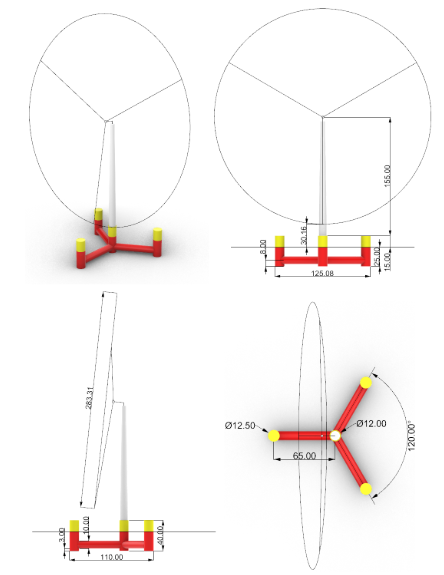
The iso-surface of vorticity

The turbine wakes in a wind farm simulated by this simuator (ALM model):
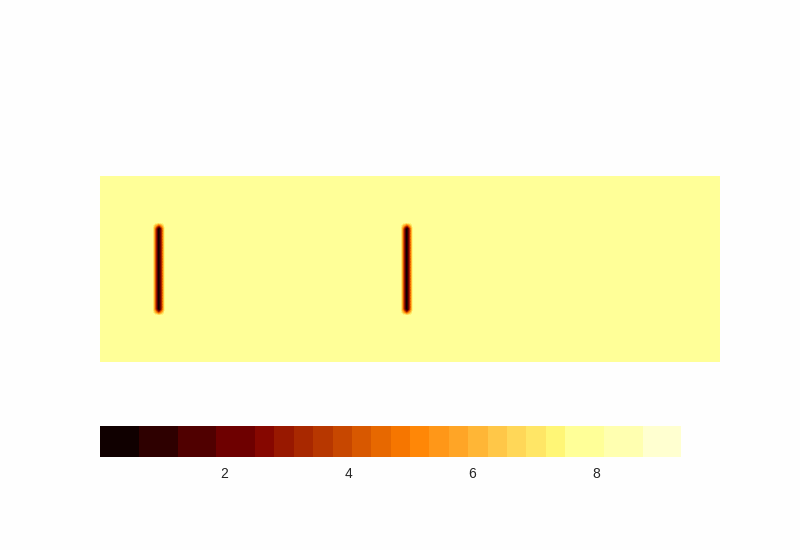
The turbine wakes in a wind farm simulated by this simuator (ADM model):
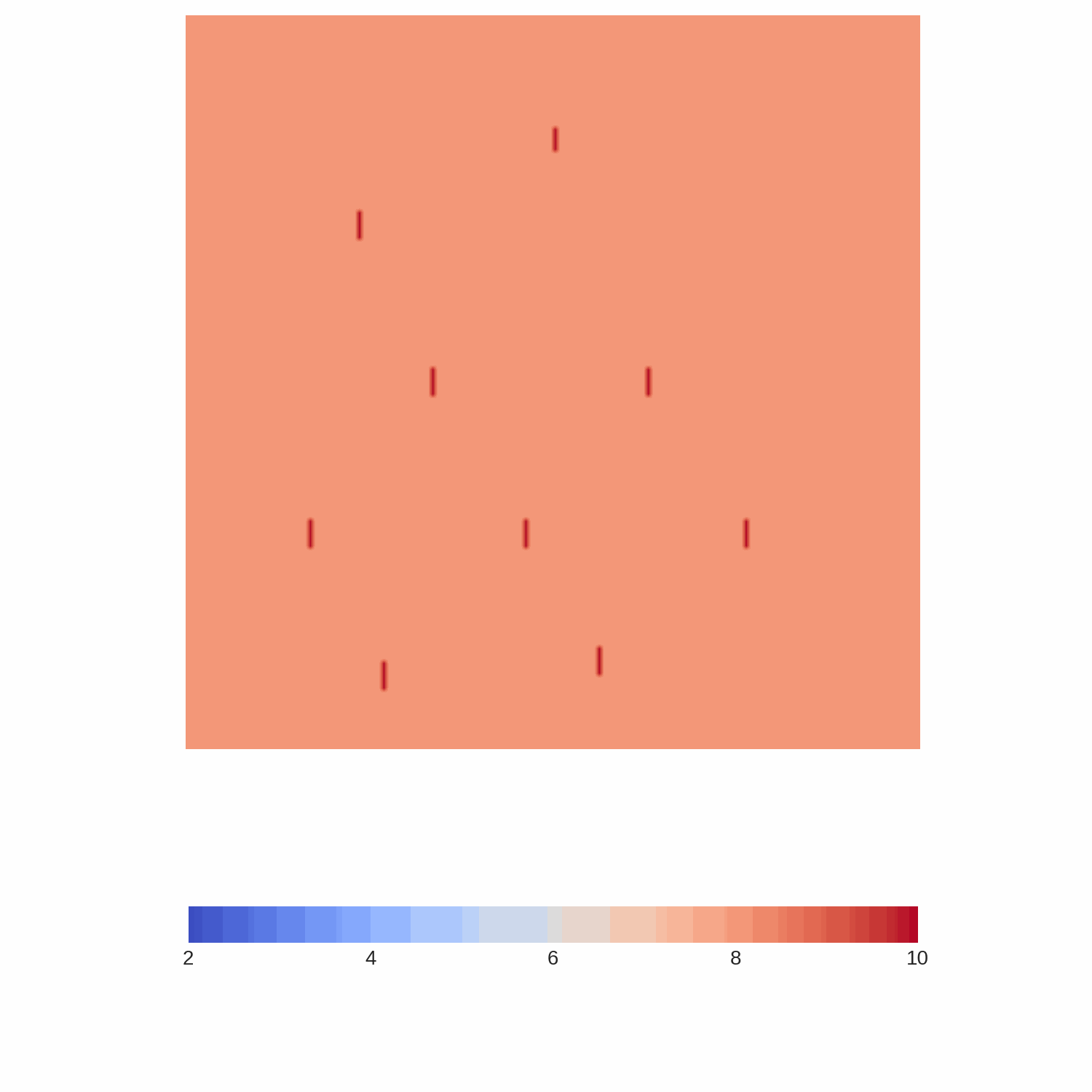
Short-Term Inflow Wind Forcasting
Predictive control of a wind farm requires accurate wind profile forecasts for the upcoming few seconds. Therefore, it is essential to precisely predict the inflow wind in front of a large wind turbine. In this project, I designed a deep-learning model named WindFore to achieve this function. The forecasting results of WindFore are shown below:
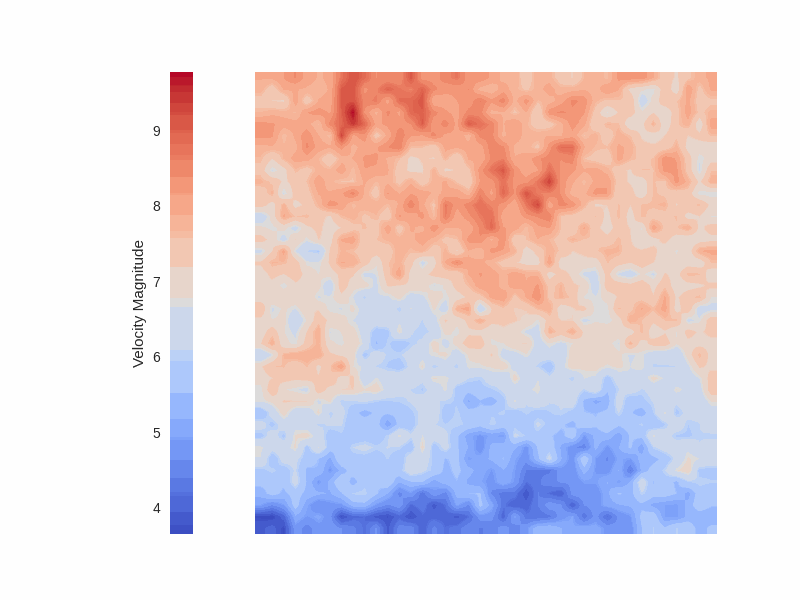
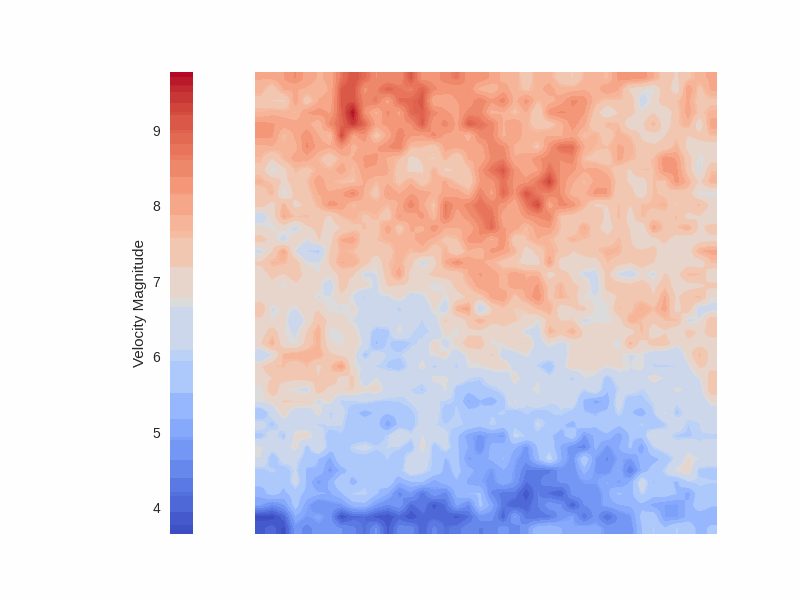
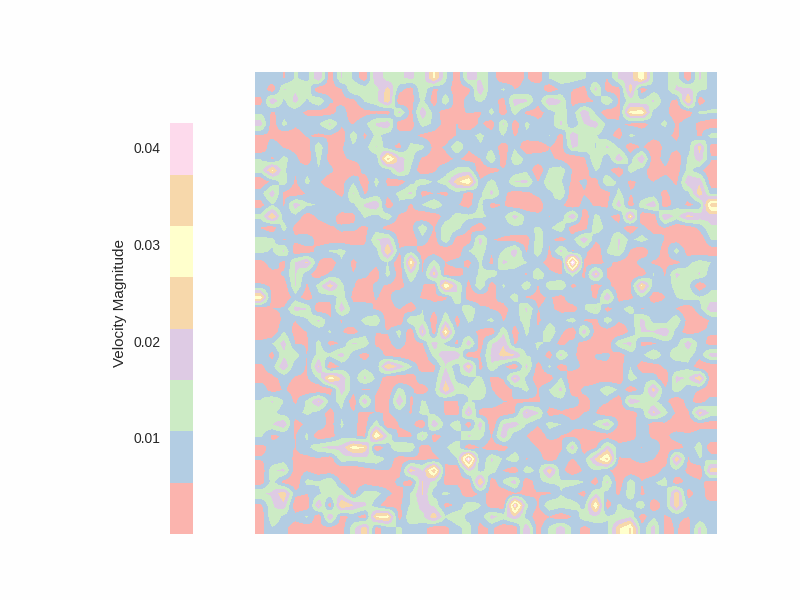
Left: Prediction via WindFore; Middle: Label from TurbSim; Right: Prediction Error
Wind Farm Control
Based on the developed wind farm simulator, I have trained both a single-objective controller and a multi-objective controller for wind farms. The single-objective farm-level controller can coordinate all turbines in a wind farm to mitigate the wake effect by redirecting the wake direction and regulating the wake intensity, thereby increasing the power generation of the wind farm. Building on this, a multi-objective controller has been trained to achieve additional control purposes besides power boost, such as fault ride-through, grid frequency recovery, and more.
The wake patterns without control and the redirection of wakes under various inflow conditions—horizontal inflow, upright inflow, and downright inflow—are illustrated as follows:
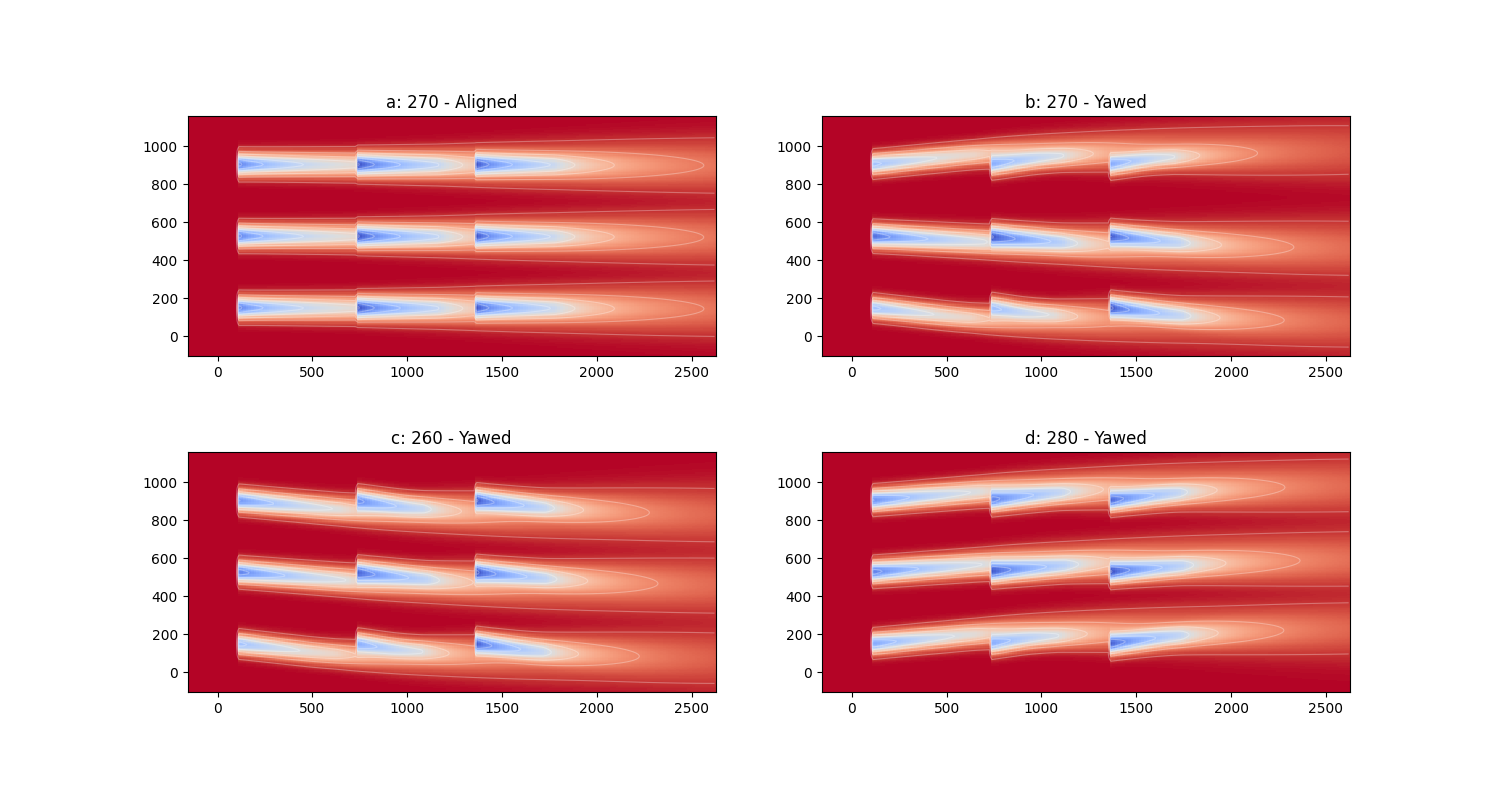
ICONIC
ICONIC leverages AI and creates digital twins to enhance wind farm operations and predict maintenance needs, boosting energy capacity, lowering the average cost of electricity, and accelerating the UK towards its Net Zero target.
The following are visualizations of a portion of the wind farm data collected to train a deep learning-based wind farm wake model, DeepWake:
